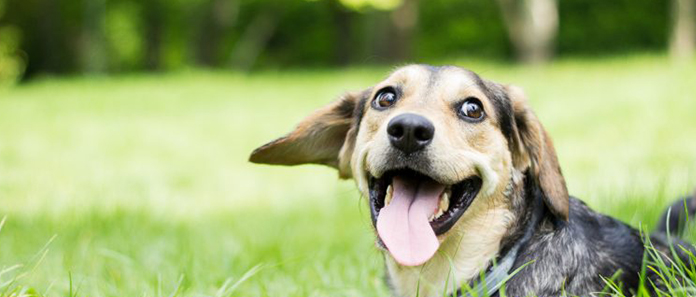
When we make the most of the world that we live in, we undoubtedly come into contact with a number of risks. Life is full of potential dangers, from driving on the highway, to stepping in front of oncoming traffic, to not eating the right food. We are given so many choices each and every day, and it is our responsibility to make the best choices that we can. Unfortunately, dogs don’t get much choice in life. We decide what they eat and when. We choose where they go and what they do. We direct who they meet and what they see.
So, when it comes to what is dangerous to our dogs, their safety is essentially up to us.
Because much of our dog’s choices are made by us. It means that we must always be vigilant with what is around them, where we take them and what they experience. We ultimately decide if they are safe or not. Many of us end up with our hands in the air, unsure of what is dangerous, and the more we read, the more confused we often become. So, I have created a list of the most common dangers to your dog, so that you can ensure you are providing them with a safe, loving environment, that avoids the dangers that this world
Dangerous plants
• Autumn Crocus
• Azalea
• Cyclamen
• Kalanchoe
• Lilies
• Oleander
• Dieffenbachia
• Daffodils
• Aloe
• Marijuana
• Poinsetta (the red leafed plant, you often see gifted at Christmas time)
This is not a full and comprehensive list of all plants that may be dangerous. These are most commonly encountered flora that are known to cause irritation to pets. How sensitive your dog is will depend on many factors. Some dogs will react to merely touching one of these plants, whilst others can become ill once they eat some.
If you suspect that your dog has come into contact with any of these plants, then get in touch with your trusted vet. If you are unsure, but your dog is showing any signs of poisoning, take your dog to the vet immediately.
Signs of poisoning
• Difficulty in breathing, and coughing
• Diarrhea
• Dilated pupils
• Vomiting
• Malaise
• Frothing at mouth, or excess saliva
• Disorientation
• Stumbling, unsteady on feet
• Tremors/seizures
• Skin rashes or irritations
• Behaviour out of character
• Unconsciousness
• Low energy
If any of these symptoms present in your dog, remove them from the area immediately, check their vitals such as their breathing and consciousness and contact your vet. It is advised by veterinarians that self-administering any type of antidote to the poison or inducing vomiting is not recommended, and can worsen the state of your dog’s wellbeing.
Whilst household flowers and plants may present harm to your dog, there are a range of household food and items to avoid also.
Products to keep away from your furry friends
• Onion and garlic
• Fruit pits such as apricot pits
• Raisins
• Chocolate. The darker, the more dangerous. Theobromine in higher concentrations is more fatal.
• Herbicides, insecticides
• Human pain relief, such as paracetamol and anti-inflammatories
• Human prescription medications such as cancer medications and antidepressants
• Alcohol
• Rodent poisons
• Fertiliser
• Caffeine and tea
• Xylitol – chewing gum products
• Cleaning products that are corrosive. Alkaline chemicals are especially dangerous for their corrosive properties
• Even some veterinary prescription medications including carprofen in high doses
* Note this is not a full and comprehensive list of dangerous household items.
It's always worth keeping the number and address of the closest 24-hour veterinary hospital with you. If ever faced with the need for urgent veterinary care outside of normal hours, it can be very stressful, and may impact your dog’s health further, as you try to locate the closest clinic that is open.
Whilst most of the time, our dogs live happily and healthily by our side, there's no harm, in knowing where there is harm. Being attentive and responsible for your pets helps to not only keep them safe, but significantly reduces the stress you face, knowing that you're doing your best to care for your family, no matter how many legs they may have.